“Yeti” Finger Rediscovered, DNA Tests Show Human Origin
Guarded by monks for many years, only to languish in obscurity in the archives of the UK’s Huntarian Museum, the supposed finger of a Yeti has been rediscovered, the results of it’s latest tests were released this morning.
Deep in the Himalayas, hidden high in the mountain ranges, lies the Pangboche Buddhist monastery, a site that maintains legendary status among those inclined to Bigfootery. Why? Well, they’re the proud owner of a Yeti hand, you see.
The monks believe that the hand, which they displayed for many years, protected them from bad luck. It was only after much convincing, and £100, that they were persuaded to part with one of it’s fingers by Tom Slick, famed Yeti tracking adventurer, in 1957. Initial tests, in which the finger was compared to that of a human hand, concluded that the finger was not of human origin. Just a year prior, the Nepalese government had made it illegal to kill a Yeti, a creature that they believe existed within the harsh terrain (and still appears to as many as fifteen individuals per year).
Not much is known about what happened after Slick got his hands on the artefact, and the finger disappeared for many years. Until now. Daily Mail reporter Matthew Hill stumbled upon the piece by accident while perusing the Royal College of Surgeons, and after touching base with Peter Byrne, a researcher originally involved in the case, was reassured of it’s apparent authenticity, and persuaded to submit a sample of the finger for genetic testing, something that wasn’t available to Yeti chasers in the 50’s.
ADVERTISEMENT
The question remains: did the mysterious finger really belong to a primate of unknown origin? It was a question that ws answered around 11AM, when the BBC revealed the results during it’s Natural History documentary on Radio 4.
According to Dr. Rob Jones, a senior scientist from the Zoological Society of Scotland, the finger is or human origin.
“We have got a very, very strong match to a number of existing reference sequences on human DNA databases.
“It’s very similar to existing human sequences from China and that region of Asia but we don’t have enough resolution to be confident of a racial identification,” he told the BBC.
“It’s very similar to existing human sequences from China and that region of Asia but we don’t have enough resolution to be confident of a racial identification.”
Interesting conclusion, indeed. Occam’s Razor would suggest that the hand simply belonged to a really large dude, but if the monks were telling the truth about the origins of the finger, and it’s accompanying “skull cap”, then the DNA results raise some startling questions about the origins of the Yeti. Could they have the remains of a missing link?
In any case, we now have a fairly definitive answer on the origins of the Pangboche Yeti hand. Just don’t expect people to stop fighting about it.
MORE GREAT STORIES FROM WEEK IN WEIRD:


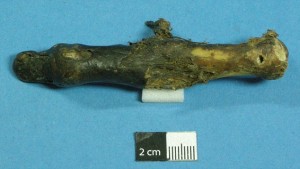
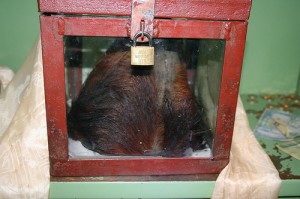
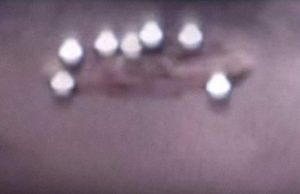

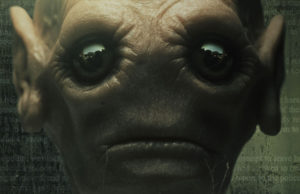

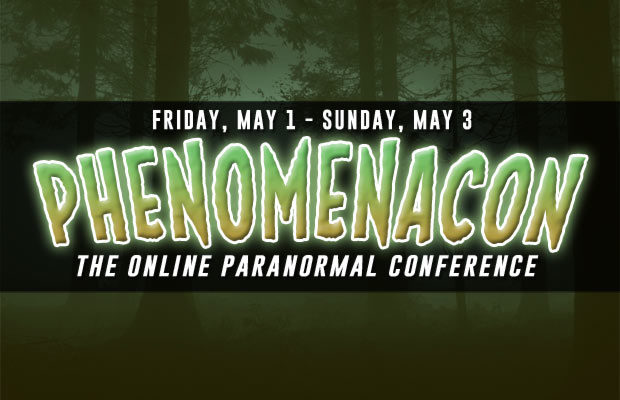
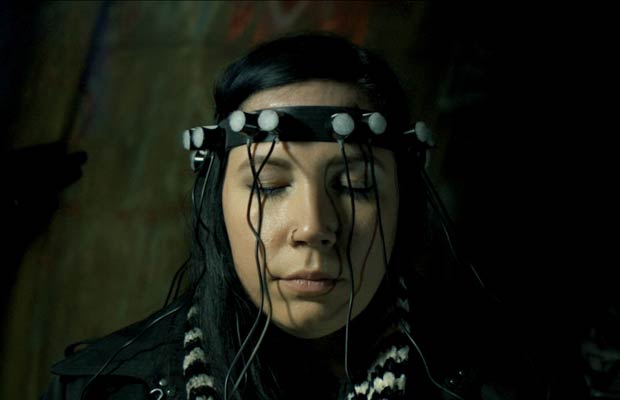

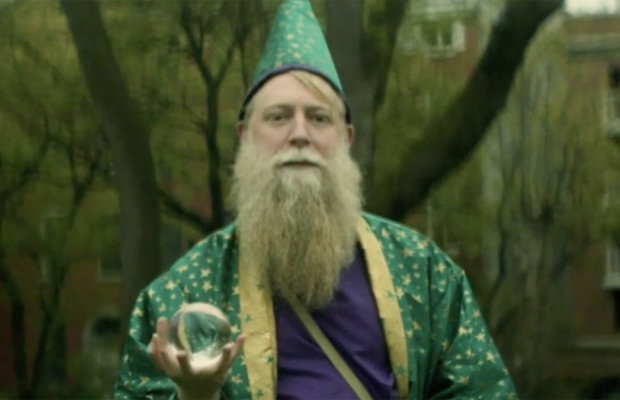

You must be logged in to post a comment Login